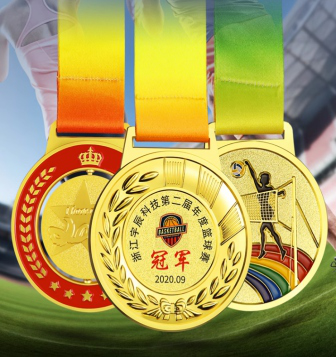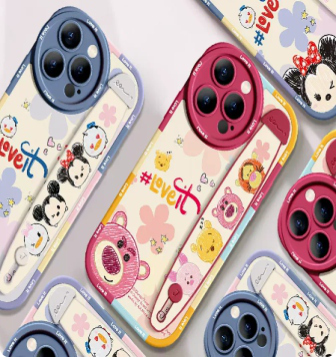Advantages of UV flatbed printing technology over traditional printing technology


1. Material adaptability
UV flatbed printing technology:
It can print on a variety of materials, including glass, metal, wood, acrylic, ceramics, plastics, textiles, etc.
It is not limited by the surface of the material and can be printed directly on irregular or uneven surfaces.
Traditional printing technology:
It is usually suitable for specific materials, such as paper, certain types of plastics and textiles.
It has high requirements for the surface of the material, and usually requires a flat and smooth surface.
2. Print quality and detail expression
UV flatbed printing technology:
High-resolution printing can achieve fine images and complex patterns with strong detail expression.
The color saturation is high, and the printed patterns are bright and rich in layers.
Traditional printing technology:
The resolution is relatively low and the detail expression is limited.
The color expression is relatively simple, and it is difficult to achieve complex color transitions and layers.
3. Production efficiency
UV flatbed printing technology:
UV ink can be quickly cured under UV light, which greatly shortens the production time.
It is suitable for small batch and multi-variety production needs and can respond quickly to market changes.
Traditional printing technology:
It requires a long drying time and a long production cycle.
It is suitable for large-scale, single-variety production, and has poor flexibility.
4. Environmental protection and safety
UV flatbed printing technology:
The UV ink used is usually an environmentally friendly formula, which reduces pollution to the environment and harm to the human body.
No need to use solvents, reducing the emission of harmful gases.
Traditional printing technology:
Solvents and chemicals are usually required, which may cause harm to the environment and human health.
There are more waste and waste gas generated, and the environmental protection performance is poor.
5. Durability and adhesion
UV flatbed printing technology:
The pattern formed after UV ink is cured has strong durability and can withstand the test of environmental factors such as friction and ultraviolet radiation.
It has strong adhesion and the pattern is not easy to fall off.
Traditional printing technology:
The durability is relatively poor, and the pattern is easy to fade or fall off due to friction, light and other factors.
It has weak adhesion, especially on smooth or special materials.
6. Operation process and flexibility
UV flatbed printing technology:
The operation process is relatively simple, reducing the dependence on technicians.
High flexibility, able to quickly change patterns and materials to adapt to changes in market demand.
Traditional printing technology:
The operation process is complex and requires professional technicians to operate and maintain.
Poor flexibility, and it takes a long time to prepare to change patterns and materials.
7. Cost-effectiveness
UV flatbed printing technology:
The initial equipment investment is high, but in the long run, it has high production efficiency, low scrap rate, and high cost-effectiveness.
Suitable for small batch and multi-variety customized production, reducing inventory pressure.
Traditional printing technology:
The initial equipment investment is relatively low, but the production efficiency is low, the scrap rate is high, and the long-term cost is high.
Suitable for mass production, but the inventory pressure is large.
Conclusion
UV flatbed printing technology has significant advantages in material adaptability, printing quality, production efficiency, environmental protection, durability, operation process, flexibility and cost-effectiveness. With the increasing market demand for high-quality, personalized and environmentally friendly products, UV flatbed printing technology will be more and more favored by various industries, and gradually replace the position of traditional printing technology in many application scenarios.

